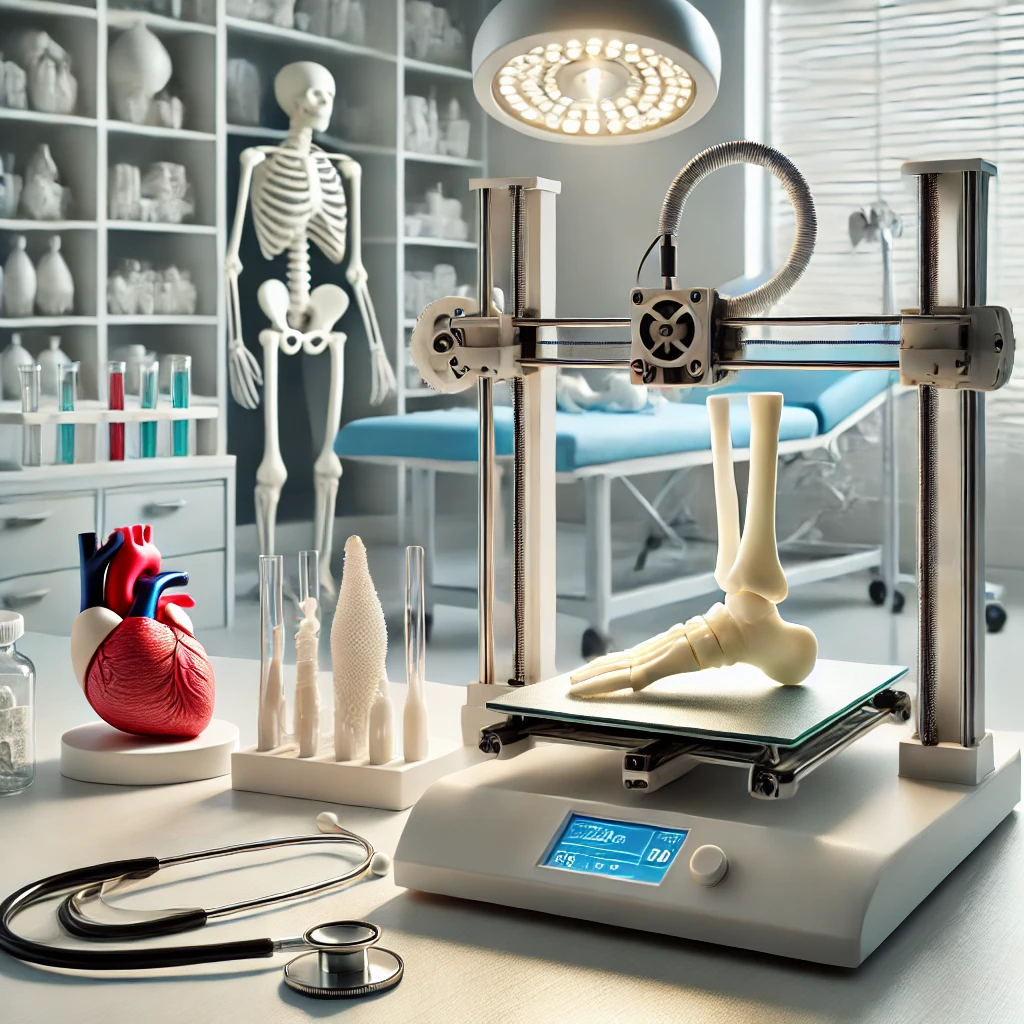
The healthcare industry is undergoing a revolution, thanks to the advent of 3D printing technology. This innovative approach is transforming patient care, enabling personalized treatments, and opening new frontiers in medical research. In this article, we explore some of the most exciting innovations and applications of 3D printing in healthcare.
Personalized Prosthetics and Implants
One of the most impactful applications of 3D printing in healthcare is the creation of personalized prosthetics and implants. Traditional prosthetics often require multiple fittings and adjustments, but 3D printing allows for the production of custom-fit devices tailored to the patient’s unique anatomy. This not only improves comfort and functionality but also significantly reduces the time and cost involved in the manufacturing process.
Bioprinting and Tissue Engineering
Bioprinting is an emerging field that uses 3D printing technology to create complex tissue structures. Researchers are developing bioprinters that can layer living cells to form tissues and organs. While fully functional 3D-printed organs are still in the experimental stage, significant progress has been made in printing tissues such as skin, cartilage, and even small blood vessels. This technology holds the promise of revolutionizing organ transplantation and regenerative medicine.
Surgical Planning and Training
3D printing is also making waves in surgical planning and training. Surgeons can now create accurate 3D models of a patient’s anatomy based on medical imaging data. These models allow for detailed pre-surgical planning, enabling surgeons to practice complex procedures and anticipate potential challenges. Additionally, 3D-printed models are invaluable tools for medical education, providing students with hands-on experience in a controlled environment.
Custom Medical Devices and Tools
The customization capabilities of 3D printing extend to medical devices and tools. Surgeons can design and print bespoke instruments tailored to specific procedures, enhancing precision and efficiency. For example, patient-specific surgical guides can be created to assist in complex operations, ensuring that implants are placed with utmost accuracy.
Drug Delivery Systems
Innovations in 3D printing are also being applied to the development of advanced drug delivery systems. Researchers are exploring the use of 3D printing to create personalized medication dosages and complex drug release mechanisms. This approach can improve the efficacy of treatments and reduce side effects by delivering drugs more precisely to targeted areas within the body.
Future Prospects
The future of 3D printing in healthcare is incredibly promising. As technology continues to advance, we can expect to see even more groundbreaking applications. From bioprinted organs to personalized medicine, 3D printing is set to play a pivotal role in shaping the future of healthcare.
In conclusion, 3D printing is revolutionizing the healthcare industry by enabling personalized treatments, enhancing surgical precision, and opening new avenues for medical research. As we continue to explore the potential of this technology, the possibilities for improving patient care are virtually limitless.
Sources
https://formlabs.com/blog/3d-printing-in-medicine-healthcare/
https://healthtechmagazine.net/article/2024/05/guide-3d-printing-healthcare-today-and-tomorrow
Discover more from PrintCraft.gr
Subscribe to get the latest posts sent to your email.